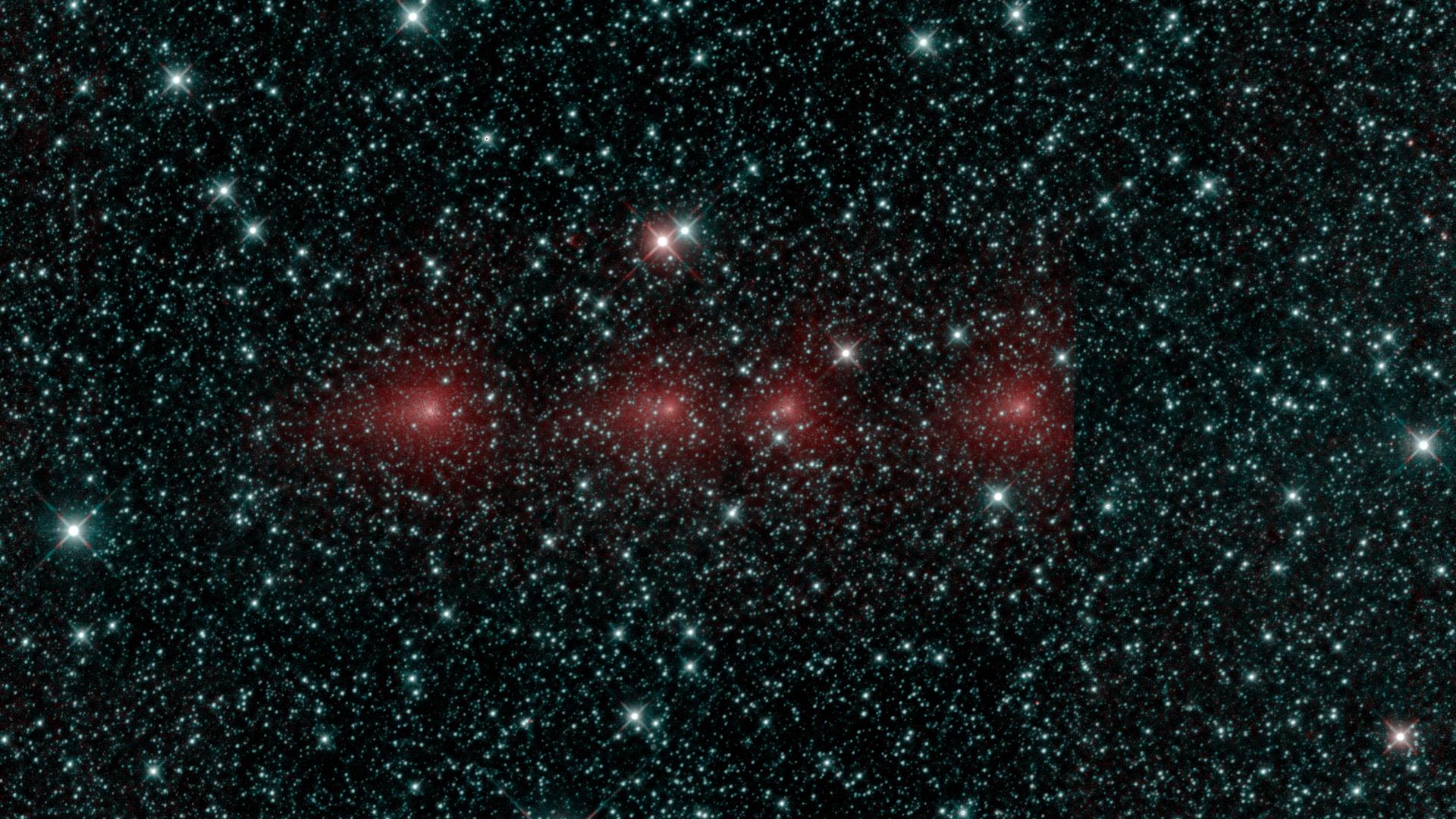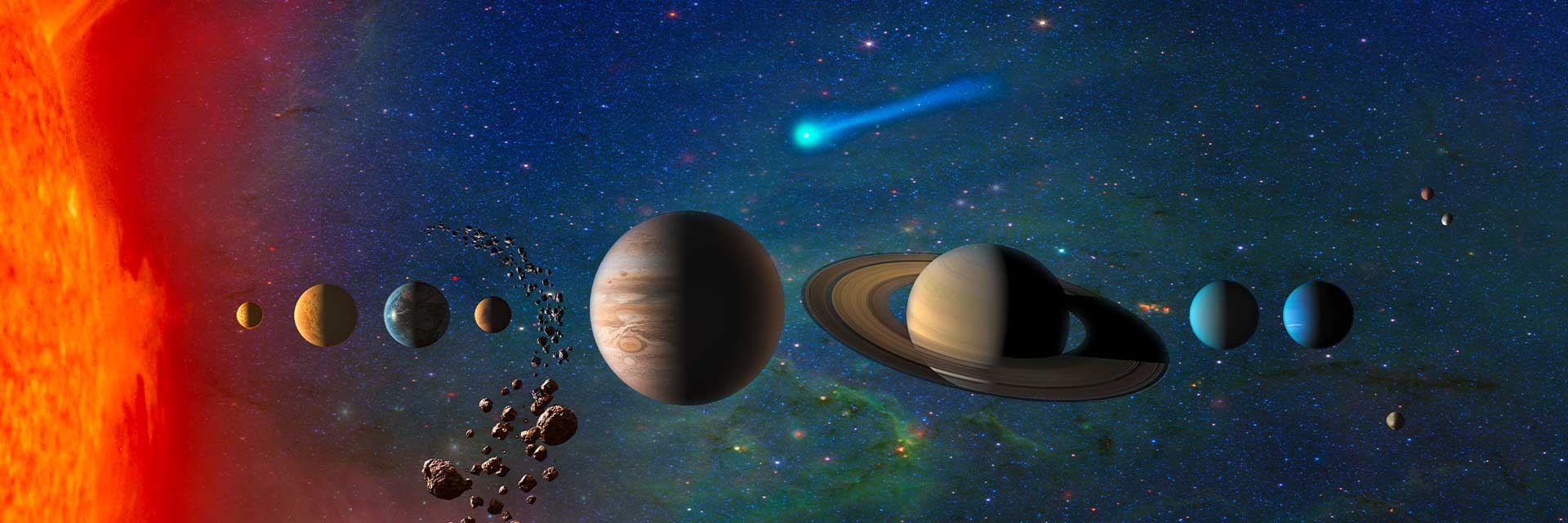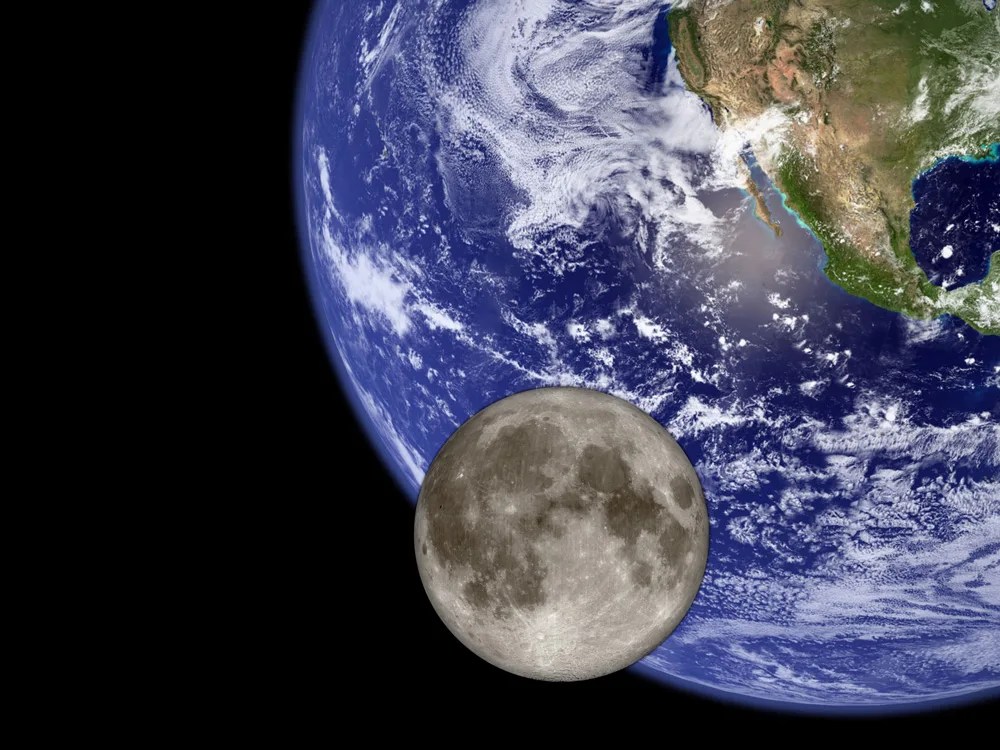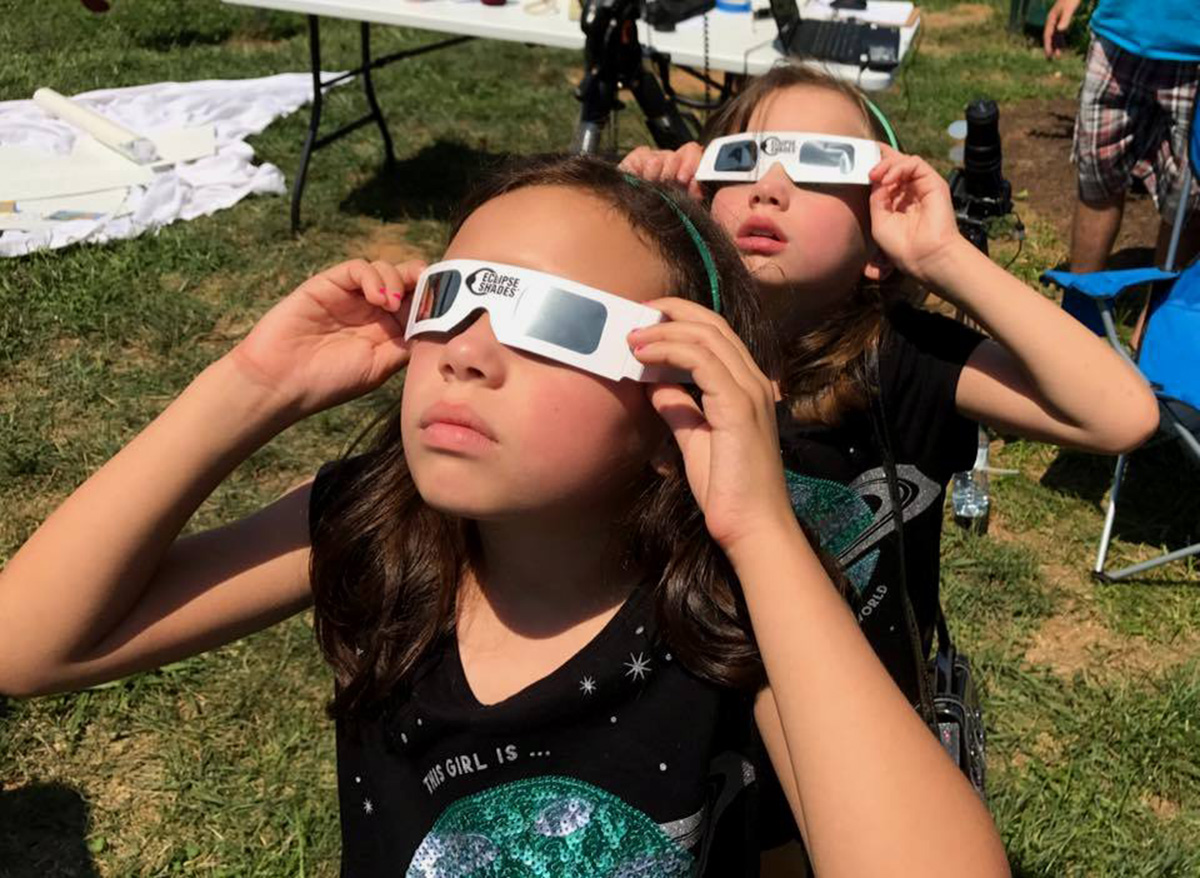

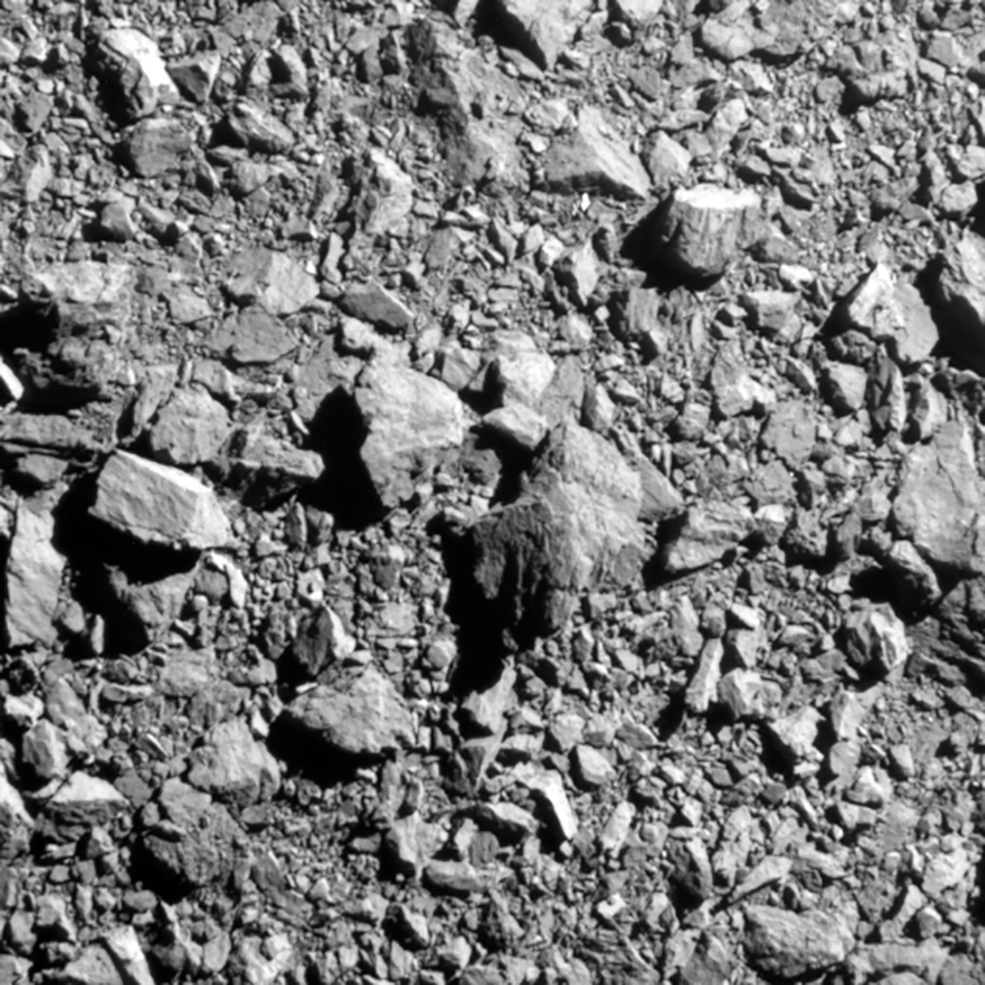
Studying Our Solar System
Understanding the planets and small bodies of our solar system helps answer questions about its formation, how it reached its current diverse state, how life evolved on Earth and possibly elsewhere, and what characteristics of the solar system lead to the origins of life.
Inner Solar System
Inner solar system bodies are rocky, unlike the gas and water giant planets of the outer solar system. Rocky planets Mercury, Venus, Earth and Mars are thought to have formed from the accumulation of dust into small planetesimals, then the planetesimals into proto-planets and, finally, the proto-planets into planets. Many details of this sequence are still unknown.
Although Venus, Earth, and Mars are similar, they evolved differently. For example, we know that Mars once had water on its surface, and there are hints that Venus may have, too, but Earth is the only planet known to be habitable.

Outer Solar System
The outer solar system consists of four “gas giants”: Jupiter, Saturn, Uranus, and Neptune. These four planets do not have a defined surface. Jupiter and Saturn consist mostly of hydrogen and helium. Uranus and Neptune consist mostly of water, methane, and ammonia, and they are sometimes referred to as the “water giants.”
At a certain point in their atmospheres, the gas on these planets transitions, or condenses, to a liquid state. Jupiter and Saturn probably have rocky cores surrounded by metallic hydrogen. Uranus and Neptune are composed of rock, water, methane, and ammonia, but their outer atmospheres are comprised of hydrogen, which is similar to Jupiter and Saturn.
More than 100 moons in total orbit these planets of the outer solar system. Saturn’s ring system is thought to be a pulverized moonlet.

Small Bodies
The small bodies of the solar system include comets, asteroids, objects in the Kuiper Belt and the Oort cloud, small planetary satellites, Triton, Pluto, Charon, and interplanetary dust. Some of these objects are believed to be almost unchanged since the young solar nebula formed our solar system 4.6 billion years ago. Because of this, they may provide insight into the evolution of the planets and other bodies of the solar system.
